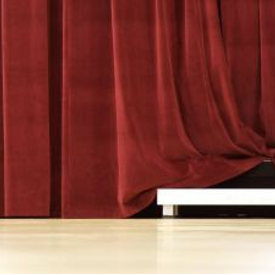You know, I just had an epiphany.
It’s not a huge epiphany. It really isn’t about anything all that truly important. I’m writing about it now because it has resonated with me for a while, and even though it isn’t all that earth-shattering, I still think it’s pretty cool.
Here it is: If we accept the premise that Amazing Stories was the very first scientifiction magazine (that word becomes science fiction when rendered in modern english), then it follows that whatever appeared on Amazing’s covers during the magazine’s first three and a half years (when it had no confreres) was the very first time such things appeared on the cover of a science fiction magazine.
I hear you say “duh”. So did I. But then I thought this:
Some of these things on the cover had been depicted elsewhere previously, but none of those had ever been created from the ground up to intentionally depict science fiction concepts.
In other words, Frank R. Paul gave us the very first (commercial) visions of interplanetary ships, aliens, alien technologies, astronomicals, giant insects, dinosaurs, robots, astronauts and more.
And, in even other words, these are the first science fictional depictions of such things.
Forget for a moment how obvious this is and look at some of the cover illustrations; Paul depicted what is now the seminal cylindrical spaceship; a stereotypical humanoid robot, Bug-Eyed Monsters, Alluring aliens, Big-Brained humanoids, enormous insects, tentacled (scary) robots, armored spacesuits,
Now imagine not that you are one of the authors of the stories that inspired these covers by Paul, but one of the nascent authors reading the magazine. They do say that imagery is one of the most powerful influencers. (You’d have to develop a spaceship smell to get more influency.)
Now think about the kinds of things that dominated stories from the mid-thirties through the 70s, –



































1 Comment